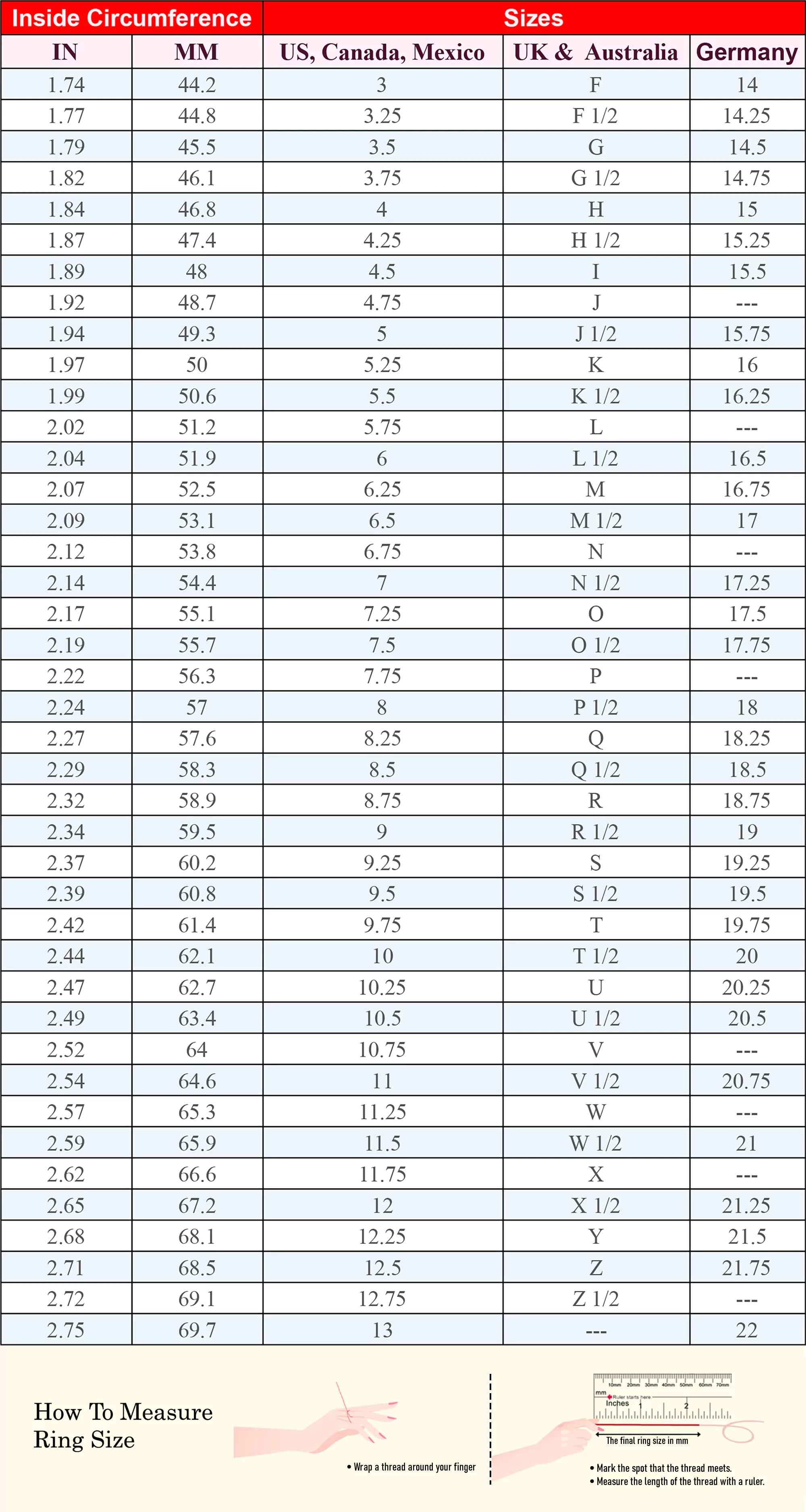When looking for a gemstone that is going to be a perfect candidate for an engagement ring or any piece of jewelry, there exist two exciting options: the first is lab-grown diamonds, and the second is Moissanite. They both share similarities, but when it comes to brilliance, durability, and ethical concerns, there are Key differences that set them apart from each other. If you are confused between them, then don’t worry; we are here to clear the air once and for all. You just have to spend two minutes reading the next few lines.
Difference Between Lab-Grown Diamond and Moissanite
The Moissanite and lab-grown diamonds share some similarities, but they also have key differences among them. Both have a splendiferous shine in addition to being a perfect substitute for mined diamonds. Although the two look alike, their composition, price range, and physical attributes set them apart.
Lab-Grown Diamond vs Moissanite
|
Which One Is Better: Moissanite or Lab-Grown Diamonds?
Now that we have a basic understanding of the differences, we can explore the true winner among these two options. Unfortunately, it’s not that straightforward because the answer depends on what you value most: ethical concerns, sparkle, price, and more.
-
For budget-conscious consumers, then, Moissanite is the clear winner. It is a budget-friendly option as the price difference between Moissanite and lab-grown diamonds is remarkably big.
-
If you value brilliance and sparkle, lab-grown diamonds come close to matching the shine of a natural diamond. However, if you are looking for a vibrant shine with subtle style, then Moissanite is the right option.
-
If ethical and environmental considerations are in your mind, then both gemstones are an ethical alternative to mined diamonds. But lab-grown diamonds have the edge as they are chemically identical to mined diamonds, making them a closer match to natural diamonds.
Moissanite Pros and Cons
Pros:
-
Affordability: The cost associated with Moissanite is significantly lower compared to both natural and lab-grown diamonds.
-
Sparkle: Its shine outdoes diamonds due to a greater refractive index.
-
Durability: With a hardness of 9.25 on the Mohs scale, Moissanite is still incredibly hard and scratch-resistant.
-
Ethical: As Moissanite is created in a lab, there is no need for mining, making it a sustainable alternative.
Cons:
-
Color: Some of these stones possess a grayish or yellow tint, however, options of other colors are also available.
-
Perceived Value: Dominantly, Moissanite is regarded as being of less value than diamonds, even lab-grown diamonds.
-
Appearance: The sparkle can sometimes be a bit too "flashy" for people who prefer subtle elegance; for them, a diamond is a better choice.
Lab-Grown Diamond Pros and Cons
|
Conclusion
So, is a lab-grown diamond better than a Moissanite? The answer will change based on your requirements and beliefs. If you want a stone that mimics a real diamond in every sense, a lab-grown diamond is your safest option. It has the same properties in terms of shine and longevity. However, if you seek a reasonably priced stone with an affordable price tag, a different shine, and eco-friendly aspects, Moissanite emerges as the winner.
Both options are stunning, ethical, and strong choices compared to traditionally mined diamonds. The choice is up to you. Pick an option that fits your style, budget, and, most importantly, values.


 Cartilage Earrings
Cartilage Earrings Helix Earrings
Helix Earrings Conch Earrings
Conch Earrings Tragus Earrings
Tragus Earrings Nose Piercing Jewelry
Nose Piercing Jewelry